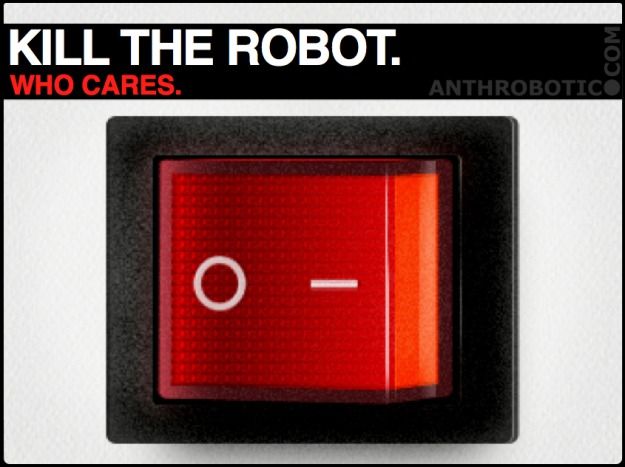Procreative sexual activity has been at the heart of the evolutionary process for millions of years. Until recently, the situation was simple: a male and a female had sexual intercourse in order to produce offspring and thus ensure survival. But, in humans, there are certain signs that something profound may be happening, signs which may be pointing to the beginning of Radical Life Extension. I argue that reproduction is a tactic used by natural evolution in order to increase complexity and thus, survival. Reproduction equals aging. But, as we now may have the capability to increase complexity through technology, the reproduction stratagem may be downgraded and thus aging will also decrease.
Here, the term ‘Radical Life Extension’ specifically means the abolition of aging. Without the process of aging, however it is defined, people will not suffer age-related degenerative conditions, and they will not die of old age. Therefore, the terms ‘Radical Life Extension’,’ Indefinite Lifespans’, and ‘cure of age-related diseases’, all convey the same meaning: a life without aging. It is important to emphasize that I consider the process of aging to be directly related to that of reproduction. I argue that the process of reproduction is necessarily implicated in the process of aging (in other words, aging happens because we need to reproduce), as explained in my argument number 3 below.
In this context, I would also like to remark that by ‘reproduction’ I specifically refer to sexual (i.e. genetic) reproduction. Evolution may still continue to use (or begin to use) other forms of reproduction such as memetic reproduction and reproduction of noemes.
The main thrust of my discussion is that we are now beginning to witness the first tentative steps leading away from the significance of procreative sexual intercourse and towards the global emergence of other, sustained, non-procreative sexual preferences.
Let me explore a series of logical arguments which lead to an inescapable conclusion. Note that I do not imply a sentient deity in my discussion. I do not infer any entity that possesses any conscious awareness which transcend the laws of nature.
Argument 1
Nature, through evolution, tends to progress towards higher levels of complexity. To put it another way, within natural laws there are basins of attraction which necessarily tend to cause a transition from simple to complex, and therefore lead to the emergence of new characteristics. The Belgian Cyberneticist Francis Heylighen has listed these characteristics in increasing order of complexity, as follows:
* mobility
* sensation
* learning
* intelligence
* morality
* mimicry
* language
* culture
* technology.
He states that “The idea is that all life, wherever it occurs in the universe, will develop those traits of universal fitness, in roughly the same chronological order. It means that those traits are built into the laws of nature. They are statistically inevitable. It is as if nature ‘wants’ us to go in a certain direction. This is what gives biological evolution its clear directionality”.
The above list is not final, and there is no implication that technology is the end stage of human evolution. The point I am making here is a general one: that evolution tends to higher complexity, whatever this complexity might be, in order to ensure survival within a specified niche.
Argument 2
Based on this list, it is obvious that we are currently on the highest stage of natural evolution, that of technology. There will certainly be higher end-points in the future. In fact, I can think of at least two such stages which we have not yet achieved, but at this point I argue that this has profound implications on the issues of aging and radical life extension. If the general direction of evolution is towards increasing complexity and survival, why do we age and die? The answer is straightforward. Within a tendency to progress from simple to complex, evolution has selected reproduction (and thus aging – see argument 3) as a mechanism for maximising the use of thermodynamical resources, and so to ensure the survival of the species.
Argument 3
Until now, the clear role of reproduction was to maximise the chances of survival and thus progress to a higher stage in the list above. However, in order for reproduction to be successful, the genetic code (germ-line) must be maintained. An inequality of resources available for repair and maintenance between germ line and somatic cells means that, while the integrity of the germ-line is fully guaranteed, that of somatic cells is not. Therefore we (our bodies) must age and die through aging. Survival is thus assured, albeit it is the survival of the germ-line and that of the species, and not the survival of our own individual selves.
Argument 4
The main tendency in nature (i.e. the direction of evolution), through a relentless progress of increasing complexity, is to stay alive. Ultimately, what matters is to survive. The basins of attraction mentioned above exist because they ensure survival. Reproduction is just a means for assuring survival in the face of adverse thermodynamical resources. If there was a way to survive without reproduction, then the process of reproduction would be drastically downgraded. We may be now able to survive, i.e. live (dramatically) longer, through the use of technology and not necessarily through reproduction. There are three types of technology that is relevant here:
* Biomedical Technology
* General mechanical technology (includes AI)
* Digital Communications Technology
I have argued elsewhere that it is this last type of technology that is the most promising in achieving Radical Life Extension. In humans, technology is both the result of natural selection and the cause of the end of natural selection.
Argument 5
If there are any signs that reproduction is being downgraded then it means that the above arguments are likely to be correct, and that the process of long individual survival has begun. One such preliminary sign is the decline in procreative sexual practice and the relatively widespread emergence of other practices or preferences. If nature somehow ‘senses’ that survival is now being assured through technology, then the pressure for finding a mate of the opposite sex and reproduce would be eased, allowing the widespread emergence of other non-reproductive sexual practices such as homosexuality, non-procreative polyamory, hedonist polysexuality or pansexuality. It is likely therefore that we are now entering a period of human evolution which will not entirely depend on reproduction. Reduced reproduction means that more resources are available to be passed on to the soma (body) and thus radical longevity becomes more likely.
Discussion
How can the technological environment in which one finds themselves impact sexuality? There is a train of logical arguments which answer this question:
• If we accept that evolution generally tends to higher complexity and sophistication (including technological sophistication) in order to increase survival, and
• If we accept that a stage of significant technological achievement has now been reached (or is likely to be reached within 20 years), and
• If, as long as the human species survives, it is immaterial whether its survival is achieved through reproduction or through any other means, and
• If one of these other means is technology,
then, it is also logical to assume that genetic reproduction is now less important than before because high complexity/intelligence can be achieved through technology and through the prolonged survival of the individually- enhanced human, and not necessarily through a random process of natural selection (birth/procreation/death). If genetic reproduction is now not as important as before, any tendency to conventional procreative sexuality will diminish. Thus, other sexual preferences and practices will become more common place.
And just to push the discussion further into the realms of speculation, one should wonder if the progressive global reduction of sperm count, the increased incidence of undescended testicles, and the first signs that men are becoming less ‘macho’, have any relationship with my argument. It may be hypothesized that, as the reproductive practice is now being downgraded, the health of male sexual organs has begun to be affected, in preparation for a procreative shutdown, at least in some sections of humanity.
Finally, I have been asked: Can using computers make me gay? This is a captious statement which is both true and false, but it helps illustrate a point. Based on the arguments above, increased engagement with technology at a significant level, and by a significant number of people, will have an impact on natural selection and thus on procreation. It will diminish the hitherto immense pressure to find a mate and have offspring, and so other sexual preferences will emerge globally. The discussion does not refer to single isolated individuals but to humankind as a whole.
For more information on our research in these areas see www.elpisfil.org.
This article was originally published here:














